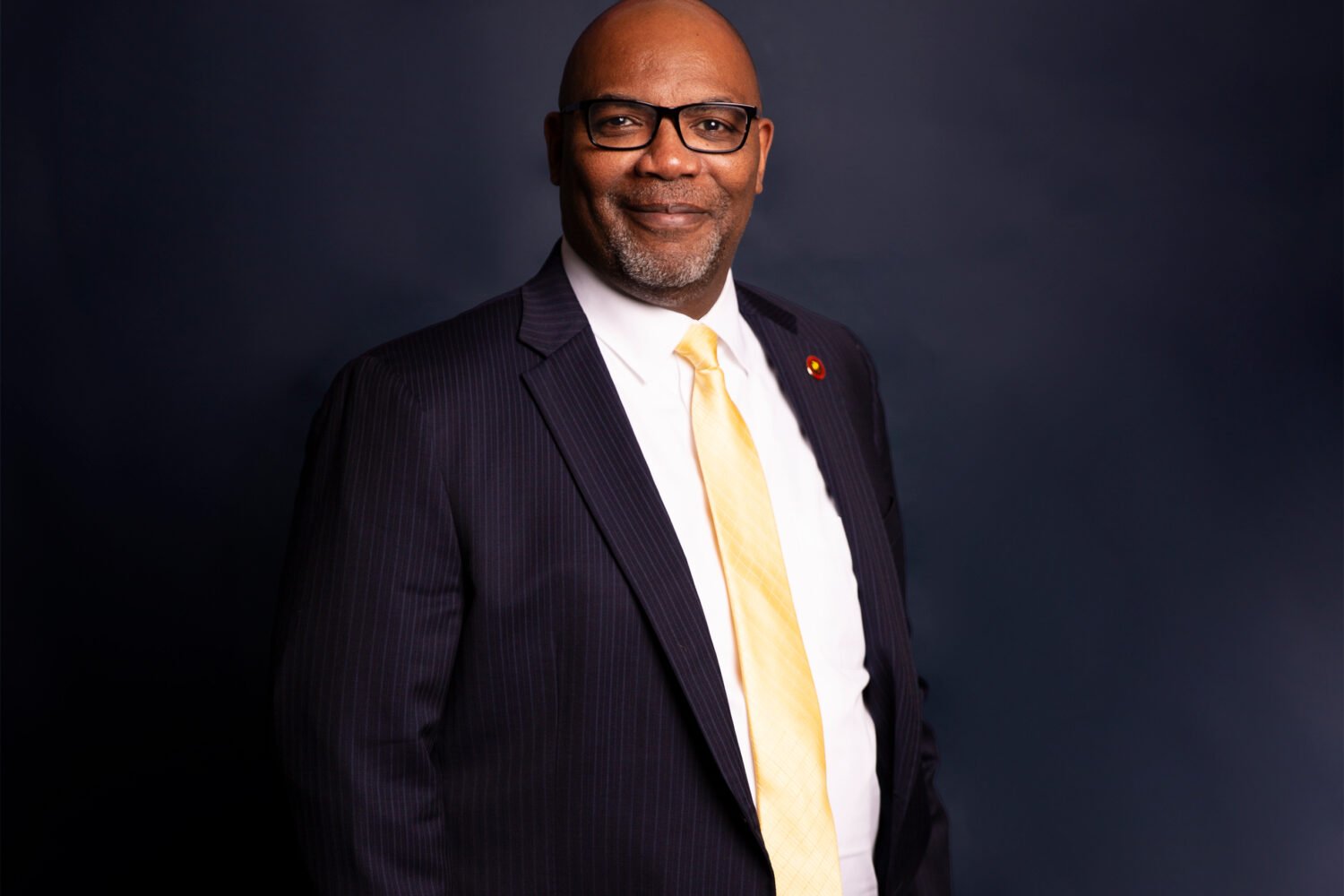Mike Hamberger started running as a way to improve in other sports, such as football and triathlon. That, he says, is what separates him from other running coaches in the city—he wasn’t always a runner. After 10 years of managing his coaching business, DC Running Coach, Hamberger finally put together a how-to on sports psychology, running form, and general insight. We chatted with Hamberger to ask him how his book—The Art of Run Training: Using Sport Psychology & Physiology for Optimal Performance— came together.
How did you get started writing this book?
Four or five years ago, I’d already been giving my athletes a Word document for each training program. It was a one-page document of pointers for them to keep in mind, then it just kept getting bigger the more I learned. When I would speak at clinics, a lot of times on either running form or training, people would raise their hand and say “Why hasn’t anyone ever told us this before?” I realized I might be onto something.
What do you want people to get out of the book?
One would be the psychology of running—how to turn the mind off in order to improve performance. A big part of that is related to all the technology people use. With all the apps and GPS tracking, people are overanalyzing data, especially on a run-to-run basis. Human physiology doesn’t work that fast. You can’t always be expecting improvements every single run. I have a whole chapter on the mental game of running and how to turn that switch off and improve your performance as a result.
The second thing would be how to vary the training throughout the year to avoid injuries and mental burnout. Most runners don’t embrace an off-season the way they should. They only do strength training if they’re injured. They don’t bring the running volume down in certain months of the year.
And third would be running form. The way running form is being taught is causing more injuries. I wouldn’t say it’s the majority, but because there are so many runners, if even just a fair percentage of the people are misinterpreting correct running form, that still leads to a lot of runners.
How do your teachings on running differ from the status quo teachings?
I did not grow up as a runner. I didn’t run cross-country in high school; I didn’t run 5k’s as a kid. I was sprinting. I was playing football, basketball, baseball, even soccer. In the backyard—Frisbee, tag—I was always sprinting. Usually people have better running mechanics when they run fast, not slow. Born to Run kind of got many runners into the opposite mentality. Then barefoot running became a fad, and that slowed runners down even more. Along with the Viabrams, a lot of people are running very slowly now.
I had an advantage of knowing that if you sprint, then slow down, slow down, slow down—like if sprinting is fifth gear and you just kind of slow it down to second gear, or for some sprinters first gear—those are the very good jog/distance running mechanics. A lot of people differentiate between what they do when they run in fifth gear and what they do when they run in first gear. They should look exactly the same, minus the changes in stride length. [People] look much better in fifth gear when they’re running like a kid again then when they pace themselves for the marathon.
What do you find are some of the biggest mistakes people make?
Most people when they just get off their couch to go run that day, they’re running incorrectly. The question becomes why do we have to run a certain way? You can look at the booming business of physical therapy and chiropractor and say this is why.
The big topic in running form is foot strike. How should someone’s foot hit the ground when they run? Most people land on their heel, which isn’t ideal. The fastest marathon runner I ever coached was a heel-striker. Unfortunately, most people aren’t at a very low body weight like he was, so with all that extra stress coming down on the heel, there’s a lot of overcompensations that go on in the body and people get injured.
The way [heel striking is] typically corrected is for people to say, run on your forefoot. Running on the forefoot gets interpreted as running up on the ball of the feet, or up on the toes. Most of us just aren’t strong enough to do that. That’s made for sprinting, and they’re some of the strongest athletes on the planet, true track-and-field sprinters. When we try and replicate that over 5k, 10k, half-marathon, marathon, and our body weight and the fact that we sat all day at a desk—it’s not going to happen. You want to be landing midfoot. That’s what I teach, and that’s how I tend to get a lot of people over their shin splints and calf tightness.
What are some of the highlights and lowlights of being a running coach in DC?
A lot of people contact me trying to qualify for Boston. They run three, five, 10, sometimes 17 marathons and just keep missing by one minute. I ask about their training routine and look at their running form. I got an email this past weekend from Kelly, who kept running 3:41, 3:41, 3:41, needed a 3:40, and she just ran a 3:35. She’s on Cloud 9 right now, and that makes me happy. They’re examples like that every single weekend.
But the nature of my schedule and everyone else being a working professional here or in school, I don’t get to see them as often as I want. There’s nothing that compares to face-to-face. We stay in touch through email and phone call throughout the week, which is good. It’s how I’m able to have success. Ideally I would just clone myself 50 times.
What do you think about the running culture in DC?
That there’s a lot of it. You can talk running anywhere. You can’t be anywhere in the city at any time of day without seeing four runners going by. The running stores have big run groups during the week. We have three of the biggest races in the world in DC, counting Cherry Blossom in the spring, Army Ten-Miler, Marine Corps. Marathon. It’s prevalent. It’s inspiring. It’s motivating.
How much of the book is based on research versus your experience as a coach?
It’s probably a 50/50 split between research and experience, a 50/50 split between empirical evidence and anecdotal evidence. I got a good education at University of Maryland in sports psychology and physiology, so I don’t have all the articles and studies referenced in my book, but I do reference other books on running, especially the Daniels’ Running Formula. His book highlights everything you’d want to know about how the muscles work and about how the body works and about how the lungs and heart work during running.
Tell me about the title of the book.
I try not to be cookie-cutter. That’s where the art form comes in. It’s “coaching the athlete and not the sport.”
A lot of my athletes come to me from trying to follow the Hal Higdon plan or Runner’s World online training program. We try to break people into these groups—beginner, intermediate, advanced—but that only goes so far becauase we haven’t looked at everyone’s different unique running styles and how their foot hits the ground and what’s going on with their hips and their back and who’s going to be more susceptible to an injury based on the same exact training program. Half the people I coach are out of the country more than they are in the country, so how does an online program that’s made for 1,000 people account for that? It doesn’t.
The original title was How to Be Self-Coached, so runners can read this and understand what the underlying psychological principles are in adherence to a training program and avoiding mental burnout. There’s an art to coaching. This book spells out a lot of those art forms.



















